

Do you remember the programs you were running in the 1990s? We have it so good today — relatively speaking — that it’s easy to forget what life was like back in the day. And boy, what a life it was.
Looking back, there was a lot of important software that we no longer use today, but I’m certain we’d all recognize them without any trouble in the blink of an eye.
Join me as we take a trip down memory lane and reflect on how far we’ve come over the past two decades. One word of warning: there is a lot of nostalgia waiting up ahead!
By the turn of the millennium, I had dozens of free trial CDs for America Online stacked up and stashed away in boxes that are now lost and irrecoverable. AOL‘s prime time long past and they’ve pretty much fallen off the map, but they deserve some respect for what they accomplished.
Long story short, they brought Internet access to the masses.
Who can forget the iconic sound of a dial-up modem? Or the heart-warming “You’ve Got Mail!” welcome jingle that signified an unread inbox? Or the TV commercials that ended with an AOL keyword for quick direction to a relevant website?
And that’s not to mention AOL’s Instant Messenger, which pioneered the concept of a real-time buddy-to-buddy conversation protocol that we still use today, albeit in more advanced ways.
Where would we be without America Online? It’s hard to say. They weren’t the only ISPs at the time — does anyone remember alternatives like EarthLink, Netzero, and Juno? — but I think it’s safe to say that the web would have taken a different path without AOL blazing a trail.
A lot of people think that Doom was the original first-person-shooter game, but they are wrong. While Doom could certainly be considered the most popular or the most revolutionary game of its genre, the title of first-on-the-scene belongs to Wolfenstein 3D.
Wolfenstein 3D was the first game to establish the necessary engine features — namely, raycasting — to display pseudo-3D graphics. It’s the same technology that powers future games of that era, including Doom (1993), Heretic (1994), and Hexen (1995), which is why they all have a similar appearance and style.
The early 1990s were a great time for PC gaming. Not long after Wolfenstein 3D, we got the masterpiece known as Myst (1993). This puzzle-based first-person adventure was the best-selling PC game of all time until 2002, when it was overtaken by The Sims (2000).
But if we’re going to talk about this era, we can’t leave out Descent (1994). Unlike its predecessors, Descent featured movement along all three directional axes and paved the way for true 3D games. The graphics and gameplay weren’t anything to sneeze at, either.
Before Jimmy Wales and Larry Sanger brought Wikipedia to life in 2001, we had to make a choice if we wanted access to broad knowledge across many topics: purchase the Encyclopedia Britannica for over a thousand dollars or install Microsoft Encarta.
Encarta was an annually-updated digital encyclopedia that was published on CDs and DVDs. It wasn’t the first digital encyclopedia — that title belongs to Compton’s Multimedia Encyclopedia published in 1989 — but it is the one that most of us remember most clearly.
Let’s compare. The premium version of Encarta had approximately 62,000 English articles that were also translated into a handful of other languages. Today’s Wikipedia has approximately 4.6 million articles in English (or 31 million articles if you include all 285 languages).
Wikipedia is such an integral part of the modern web. We’d be screwed without it. Can you imagine going back to a pre-2001 world where your best alternatives were either Encarta or the library? Sheesh!
Though Internet Explorer would eventually go on to destroy Netscape in terms of market share, it should be remembered that Netscape came first. It’s gone through several name changes — including Mosaic, Netscape Navigator, and Netscape Communicator — but the core has always been the same.
What’s interesting is that Netscape, the company, was the driving force behind the inception of open-source Mozilla. After Netscape was acquired by AOL in 1998, everything was scrapped and they rebuilt their browser on the foundations of Mozilla, resulting in Netscape 6.
After a long but fruitless battle to escape its insignificance, Netscape officially pulled the plug on its browser in 2008. By then, Mozilla Firefox had gained a lot of relative traction and Netscape users were encouraged to migrate in that direction.
Between Windows 3.1 and Windows XP, Microsoft bundled their operating systems with a set of software called the Microsoft Entertainment Pack, a collection of simple games that were meant to kill time in an office environment.
Little did they know that some of these games would live on in the hearts of Windows users worldwide even long after the games had ceased being bundled with the operating system.
My absolute favorite game? Chip’s Challenge. This deceptively simple puzzle game ate up so many hours of my childhood, particularly during those times when I wasn’t allowed on the Internet (thanks, dial-up modem). If it weren’t for Chip and his challenges, I might have had to play Solitaire instead. (Ugh!)
Other goodies from the Microsoft Entertainment Pack include SkiFree, Rodent’s Revenge, Tetravex, Pipe Dream, and Maxwell’s Maniac.
Between 1996 and 2003, Microsoft FrontPage was one of the top WYSIWYG editors (“what you see is what you get”) for creating HTML pages. Its main rival, Macromedia Dreamweaver, wouldn’t hit the scene until a year later in 1997.
It’s funny to think how much web development has changed since the FrontPage days. Only a handful of websites actually serve up static HTML pages anymore; the rest of us have moved onto content management systems and web programming from scratch.
While FrontPage no longer exists, it does have two spiritual successors that people still use today. There’s Microsoft SharePoint Designer, which is used to create generic SharePoint websites, and Microsoft Expression Web, which is an IDE for general web development.
As the ideological predecessor to BitTorrent, Napster gets a lot of thanks from me. (And before you crucify me, remember that there are plenty of legal uses for BitTorrent.) Without peer-to-peer technology, the Internet would certainly be worse off.
Yet while the original Napster is a peer-to-peer grandfather, we can’t forget the numerous copycats and derivatives that came afterwards: LimeWire (2000), Gnutella (2000), BearShare (2000), Kazaa (2001), and Morpheus (2001).
None of these programs have a place on the modern Internet, but the services they provided in those pre-BitTorrent years will always be admired and remembered.
Do you remember these programs? What other popular programs from the 1990s trigger your sense of nostalgia? Share your memories with us in the comments below!
Image Credits: obsolete computer Via Shutterstock


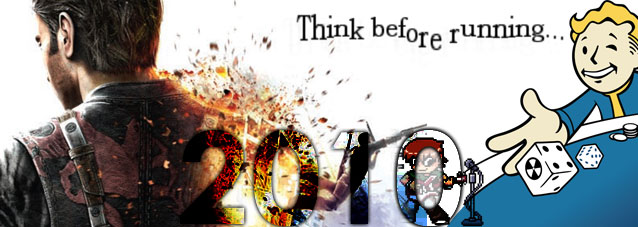
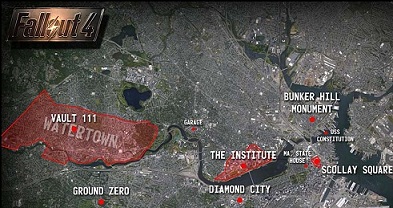
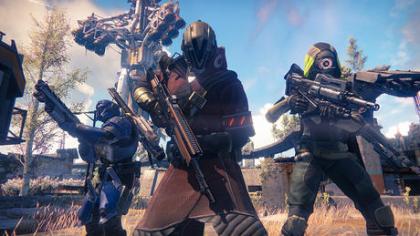 How to get Destiny Blink of an Eye Trophy / Achievement for PS4 Xbox One
How to get Destiny Blink of an Eye Trophy / Achievement for PS4 Xbox One GoW 3 Remastered: phoenix feathers Locations
GoW 3 Remastered: phoenix feathers Locations Which Upgrades Will Improve Your PC Performance the Most?
Which Upgrades Will Improve Your PC Performance the Most?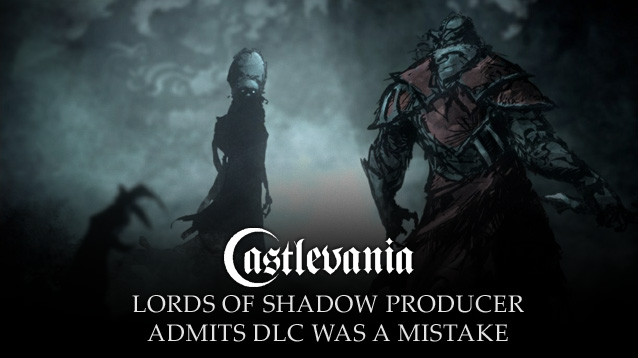 Castlevania: Lords of Shadow Producer Admits DLC was a Mistake
Castlevania: Lords of Shadow Producer Admits DLC was a Mistake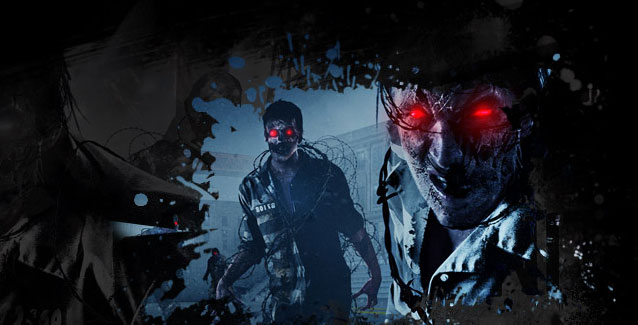 Mob of the Dead Easter Eggs Guides: Golden Spork, Pop Goes the Weasel, and More
Mob of the Dead Easter Eggs Guides: Golden Spork, Pop Goes the Weasel, and More